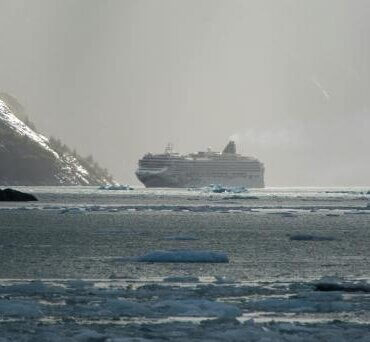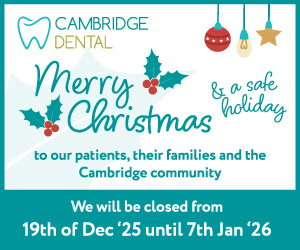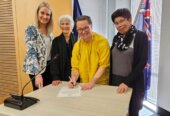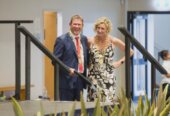
White Cruise Ship Near Alaskan Mountain Slopes
Last week, I covered how volcanically active Indonesia is, noting that it ranks fourth globally for the number of active volcanoes. So, let’s talk about who comes in at number one.

Alaska – Body of Water in Between Mountains. Photo: Pixabay, pexels.com
That title goes to the United States—a fact that surprises many Americans when I tell them. I lived in the US for eight years, and it’s a great place to learn about volcanic hazards and how they’re communicated. The United States Geological Survey (USGS) runs volcano observatories in Hawaii, California, the Cascades (Washington, Oregon, and Idaho), Alaska, and Yellowstone.

Janine Krippner
The US leads with 165 active volcanoes – defined as those that have erupted in the past 11,000 years and are therefore likely to erupt again. Since 1950, 42 have erupted. You can explore these on the Smithsonian Institution’s Global Volcanism Program and the USGS websites.
Some eruptions are particularly well-documented, including the infamous 1980 eruption of Mount St. Helens and its activity again between 2004 and 2008. Lassen Peak in California erupted between 1914 and 1917, and Mount Hood in Oregon was active during the 1700s and 1800s. And of course, the Hawaiian Islands are famously active, with spectacular recent lava fountains.
But where the US really stands out is in Alaska.
Alaska is home to around 140 volcanoes and volcanic fields that have erupted within the past 2.6 million years – 90 in the last 11,000 years, and more than 50 in just the past 300. Many of these could be highly disruptive if they erupted today.
While most Alaskan volcanoes are in remote locations without nearby communities, they lie directly beneath busy North Pacific flight routes. These subduction zone volcanoes – similar to ours in New Zealand – can produce enormous volumes of volcanic ash, which pose a major aviation hazard.
One of the most significant eruptions occurred in 1912 at Katmai. It blanketed the landscape in volcanic ash (essentially pulverised rock). Even today, strong winds can lift this ash back into the air, posing a lingering hazard long after the eruption ended. Volcanoes can remain a threat well into dormancy.

Icebergs Floating on Water Near Mountains at Juneau, Alaska. Photo: Fernando BM, pexels.com
There will be more large eruptions in Alaska. That’s why USGS monitoring is critical – not just for locals, but for global air travel. Their monitoring tools include seismic networks, infrasound, satellites, webcams, and even lightning detection systems.
I can’t talk about US volcanoes without mentioning Yellowstone—the “supervolcano” that sparks questions nearly every time I talk to Americans: Is it going to kill us all? When will it erupt?
There’s been a lot of fearmongering and conspiracy around the very well monitored Yellowstone. But as with our own caldera systems (like Taupō), these volcanoes are much more likely to produce small-scale activity. The most probable events at Yellowstone are hydrothermal explosions (like those we see in Rotorua) or lava flows – not civilisation-disrupting cataclysms.
It’s only a matter of time before one of America’s volcanoes makes headlines—not just for its eruption, but for the reminder it brings of the dynamic planet we live on and how they can impact us.

Mountain Filled With Snow Near Calm Sea Under White Clouds and Blue Sky during Daytime. Photo: Pixabay, pexels.com

White Cruise Ship Near Mountain Slopes, Juneau, Alaska. Photo: Fernando BM, pexels.com








